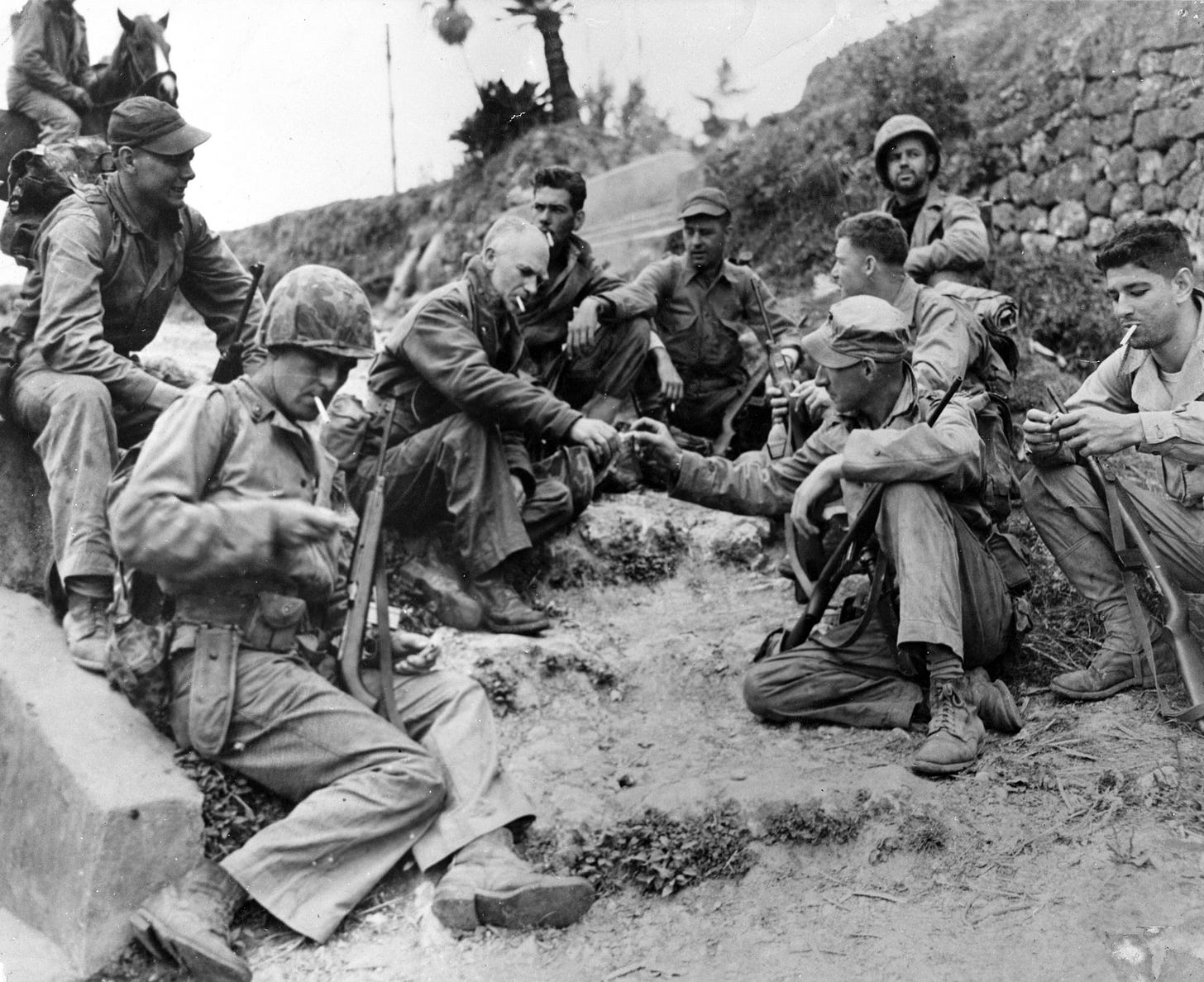Remembering Those Who Told the Story
On Memorial Day, I’m thinking about the journalists who died in service—often without wearing a uniform, but standing in the same line of fire.
Memorial Day is, first and foremost, a day to remember those who died in military service to the United States. Today, I also want to remember those who served not with a weapon, but with a notebook or a camera—journalists who died while reporting alongside U.S. troops, often in the same conditions, and sometimes on the same missions.
One name that always stays with me is Dickey Chapelle. She was a war correspondent who reported from World War II through Vietnam. She parachuted into combat zones, embedded with Marines, and refused to stay on the sidelines. She was killed in 1965 by a landmine while out on patrol in Vietnam—making her the first American female reporter killed in combat. The Marines she covered gave her a battlefield memorial and a full honor guard.
Then there’s Ernie Pyle, whose WWII columns brought readers as close as anyone ever had to what life was really like for service members. He didn’t write about generals—he wrote about privates. Pyle was killed in 1945 on a Pacific island alongside the troops he spent years chronicling. He didn’t wear a uniform, but his commitment to the people who did made him one of them.
There are many others—some enlisted, some civilian—but all part of the long tradition of journalism in service of public understanding.
We talk a lot about journalism as a public good. These reporters saw it as a public duty.
So today, I’m remembering those who died doing the hard, necessary work of documenting conflict. Their service may not always fit neatly into official remembrances, but it absolutely belongs in the story of how we understand war, sacrifice, and democracy.
They told the stories that needed to be told.
Let’s not forget theirs.
I write about journalism, leadership, and mission-driven strategy. Subscribe to get future reflections like this one, straight to your inbox.




